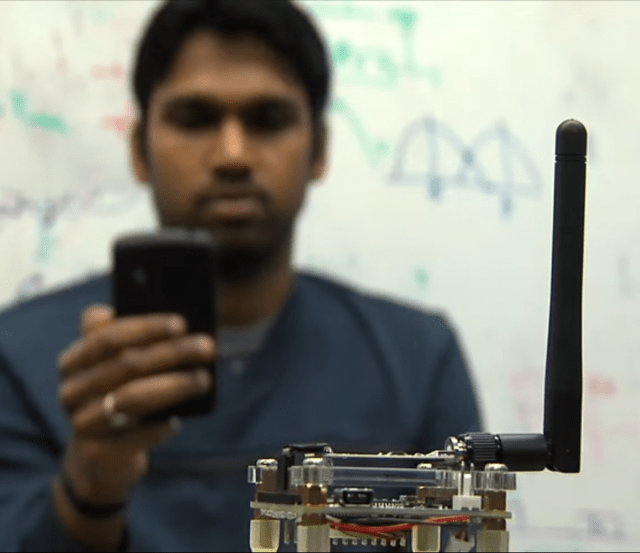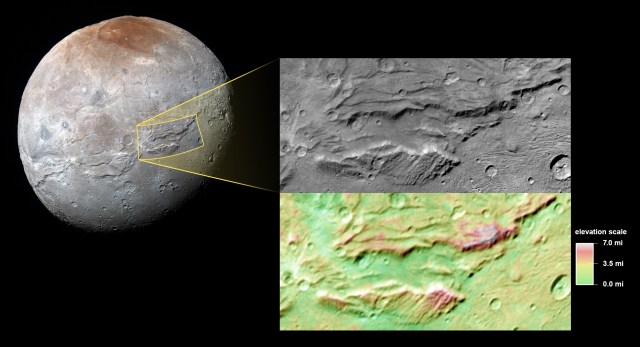
Computer scientists and engineers from the University of Washington say they’ve figured out a way to generate Wi-Fi transmissions using 10,000 times less power than conventional methods.
Not even low-power options such as Bluetooth Low Energy and Zigbee can match the system’s energy efficiency, based on a study to be presented in March at the 13th USENIX Symposium on Networked Systems Design and Implementation.
That level of performance has earned the UW team’s Passive Wi-Fi system a place on MIT Technology Review’s latest top-ten list of breakthrough technologies.
Other technologies on the list include rocket reusability, which is being pioneered by SpaceX and Blue Origin; Tesla’s Autopilot system for autonomous driving; and T-cell-based immunotherapy, which is the focus for researchers at Seattle-based Juno Therapeutics and other companies.









